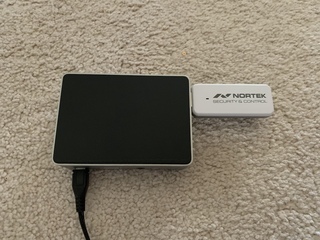Home Assistant
May 18, 2020
One of the big missing pieces from my conversion to Home Assistant
was Amazon Alexa integration. It wasn’t something we used a lot, but it was a
nice to have. Especially for walking out a room and saying “Alexa, turn off the
living room lights.”
I had been putting it off a bit because the setup instructions are rather
complex. But this weekend I found
myself with a couple free hours and decided to work through it. It actually
wasn’t as difficult as I expected it to be, but it is definitely not the type
of thing a beginner or someone who does not have some programming and sysadmin
background could accomplish.
But in working through it, there was one thing that was an immediate red flag
for me: the need to expose your Home Assistant installation to the Internet. It
makes sense that you would need to do this - the Amazon mothership needs to send
data to you to take an action after all. But exposing my entire home automation
system to the Internet seems like a really, really bad idea.
So in doing this, rather than expose port 443 on my router to the Internet and
open my entire home to a Shodan attack, I decided to try something a bit
different.
Read More
Home Assistant
March 11, 2020
I have been a SmartThings user for many years. The orginal reason was that, when
we bought our current house in 2012, I wanted to turn the eave lights on at
sunset and off a few hours later. After a short attempt to use Wifi-based Wemo
switches, I settled on SmartThings and GE Z-Wave switches.
I was so happy with it that I started putting them in more places. I added
Kwikset SmartCode keypad locks and door sensors. I added more switches, like to
turn on the garage overhead lights when the doors opened. I added sensors to
monitor the temperature in the closet where I keep my server. And for many years
this setup worked great.
But over the last year, and especially since Samsung acquired SmartThings, I
have become increasingly disillusioned with the SmartThings ecosystem. This last
week, my disillusionment and frustration finally boiled over, and I migrated to
a new platform.
So why did I abandon SmartThings?
Read More



